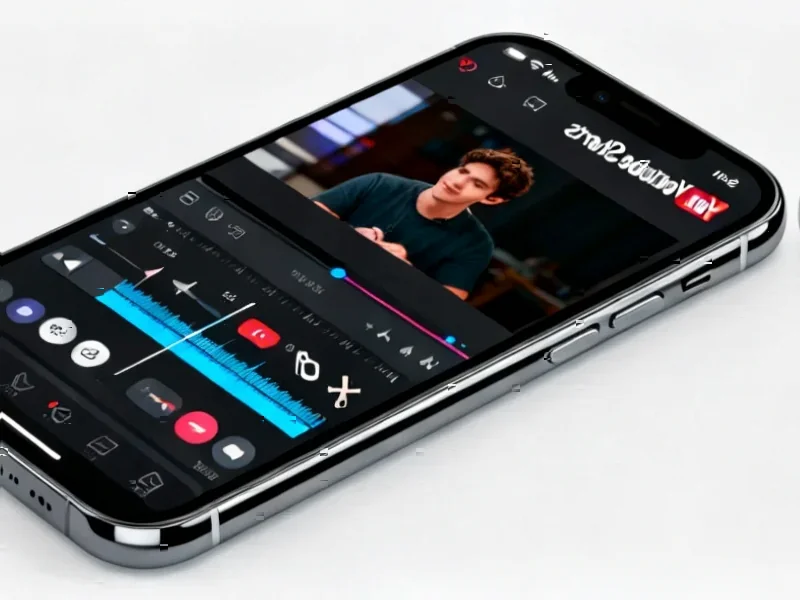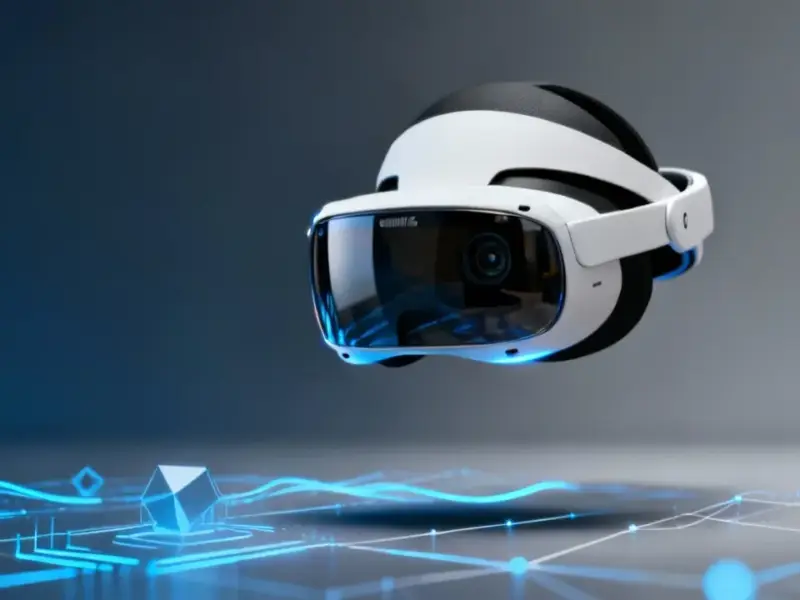According to Forbes, YouTube is deploying artificial intelligence to automatically upscale videos uploaded in lower resolutions to HD quality. Senior Director of Product Management Kurt Wilms announced the feature last week as part of five new tools aimed at making YouTube a “premier experience on TV.” The platform reported a 45% year-over-year increase in channels earning over six figures from TV screen revenue. YouTube now commands 12.5% of all U.S. television viewing according to June 2025 Nielsen data, the highest share for any streamer on record. The AI upscaling will first target content below 1080p with future goals of reaching 4K quality. Creators can opt out of the enhancement, and the original video files will be preserved with clear labeling for viewers.
Why this matters now
Here’s the thing – YouTube isn’t just trying to make old cat videos look better. This is a strategic move to future-proof their entire content library. Think about it: millions of hours of content that would otherwise look increasingly dated on modern 4K televisions suddenly become valuable again. That’s a massive asset management play that unlocks new monetization potential for both creators and YouTube itself.
And the timing couldn’t be more perfect. With YouTube holding the largest share of time spent with TV, the living room has become the new battleground. Wilms called it “the new prime time for creators,” and he’s not wrong. The economics are clearly shifting away from phone screens where production quality matters less toward television where higher quality gets rewarded.
The TV transformation
What’s really interesting is how YouTube is evolving beyond just being a video platform adapted for TV. They’re building what feels like a native TV service with creator content at its core. The expanded thumbnail sizes to 50MB for 4K preview images? That’s pure TV interface thinking. The contextual search that keeps viewers on channel pages? That’s about building loyalty in a way that matters on bigger screens.
But the most telling addition might be the social commerce push. YouTube mentioned viewers watch 35 billion hours of shopping-related content annually. Now they’re testing QR codes and timed product placements. Basically, they’re turning the passive TV experience into something transactional. You’re sitting on your couch watching a cooking video and suddenly you can buy the exact pan they’re using. That closes the gap between inspiration and purchase in a way that could be huge for creators and advertisers alike.
The AI quality question
Now, about that AI upscaling – will it actually look good? The technology has come a long way, but we’ve all seen those weird artifacts and smoothing effects that can make everything look like a video game cutscene. YouTube’s being smart about this by making it optional for creators and clearly labeling enhanced videos. Transparency will be key because if the upscaling looks artificial, viewers will notice immediately on their big screens.
I’m curious how this will play out with different types of content. Will it work better on talking head videos versus fast-action content? And what about the classic viral videos that have become part of internet culture – will AI enhancement somehow change their charm? These are the questions that will determine whether this gamble pays off.
Bigger picture
Looking at YouTube’s official announcement alongside the shopping content explosion, it’s clear we’re witnessing YouTube’s maturation into a full-fledged media company. They’re not just hosting videos anymore – they’re curating experiences, enhancing content, and building ecosystems around creator commerce.
The success of this AI upscaling feature will tell us something important about whether a platform’s past can be as valuable as its future. If YouTube can successfully breathe new life into its massive archive while simultaneously pushing into TV and commerce, they’re building something that looks less like a video site and more like the future of entertainment. Not bad for a company that started with a 19-second video of someone at the zoo.



